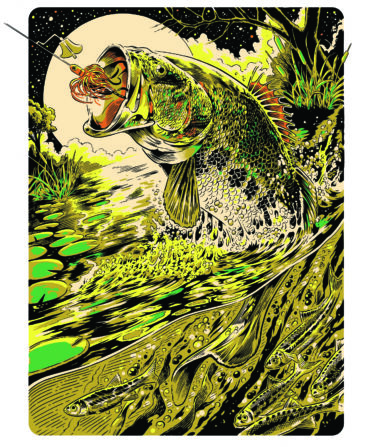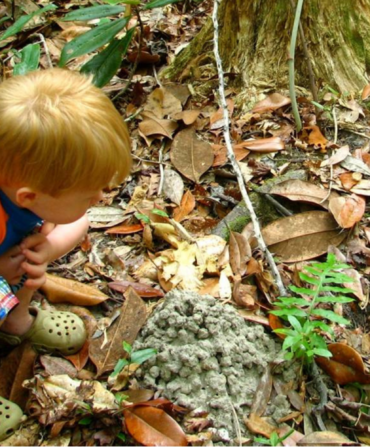“To an arachnophobe, joro spiders are the stuff of nightmares,” says University of Georgia animal ecologist Andy Davis. “They’re big and they’re in your face, on your walkways and your front porch.” The bright, neon orb weavers, whose leg span can reach up to four inches, arrived in Georgia in 2014 after hitching a ride on shipping containers from their native home of East Asia. Since then, the invasive species has steadily colonized the South.

“The jury is still out on what their impact is going to be,” Davis says. “It may take us years to know.” But for now, at least, the spiders aren’t causing ecological damage on the level of something like the Burmese python in the Everglades or the tree-killing spotted lanternfly. Davis has seen native birds eat them and spotted their webs on the same bush as those of native spiders. Diet studies show that their large webs catch the usual array of insects, including mosquitos, flies, and beetles. And they aren’t venomous to humans like a brown recluse or black widow.
Still, no invasive species is a good thing, and unfortunately, it looks like the spiders are going to continue to spread. Already they’ve been documented in Georgia, South Carolina, North Carolina, Tennessee, Alabama, Maryland, Oklahoma, West Virginia, and Pennsylvania. According to a metabolism study Davis conducted, they’re well suited to colonize the northern United States, too, maybe even up into Canada.
And their genus as a whole, Trichonephila, has a high stress tolerance that allows them to thrive in urban areas. “They’re happy being in places where no normal spider would ever be, like on a street lamp or traffic light,” Davis says. “That means there’s nothing really stopping them.”
So what should you do when you—inevitably—come across one?
Well, nothing. “Learn to live with them,” Davis advises. “They get a lot of attention because they look terrifying, but this is not a spider that’s coming to eat your face off.” He actually conducted a behavior study and determined that the spiders are quite shy and docile. From a practical standpoint, individually killing them or knocking down their webs won’t put a dent in their population, so there isn’t much point in waging war. And the absolute worst thing to do, Davis says, is treat the areas you find them in with pesticides that could harm native pollinators and other insects.
“Unfortunately, global commerce is mixing up all these species everywhere,” Davis says. In the case of joro spiders—“the horses have left the barn and we can’t close the door, so you might as well observe them and get to know them.”








